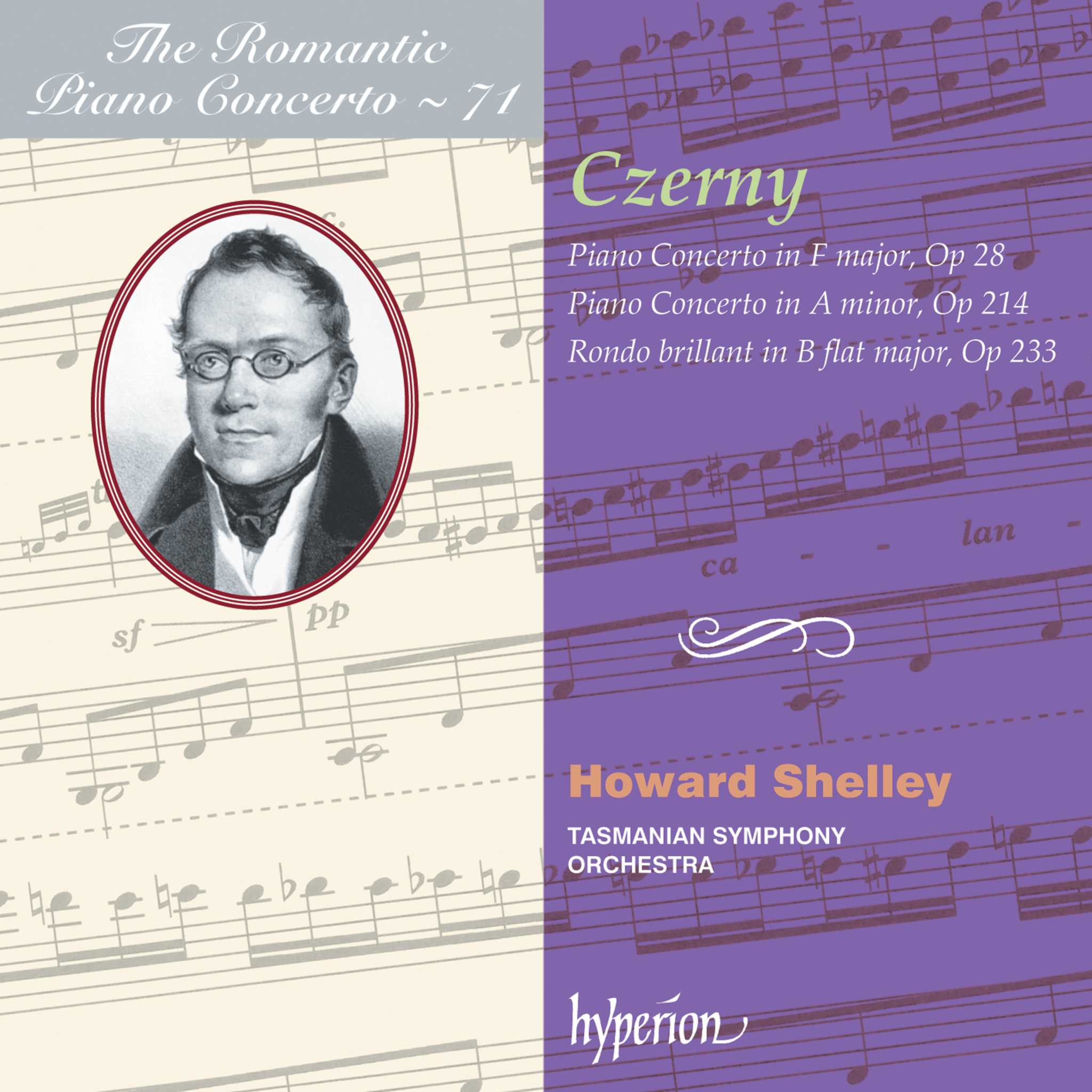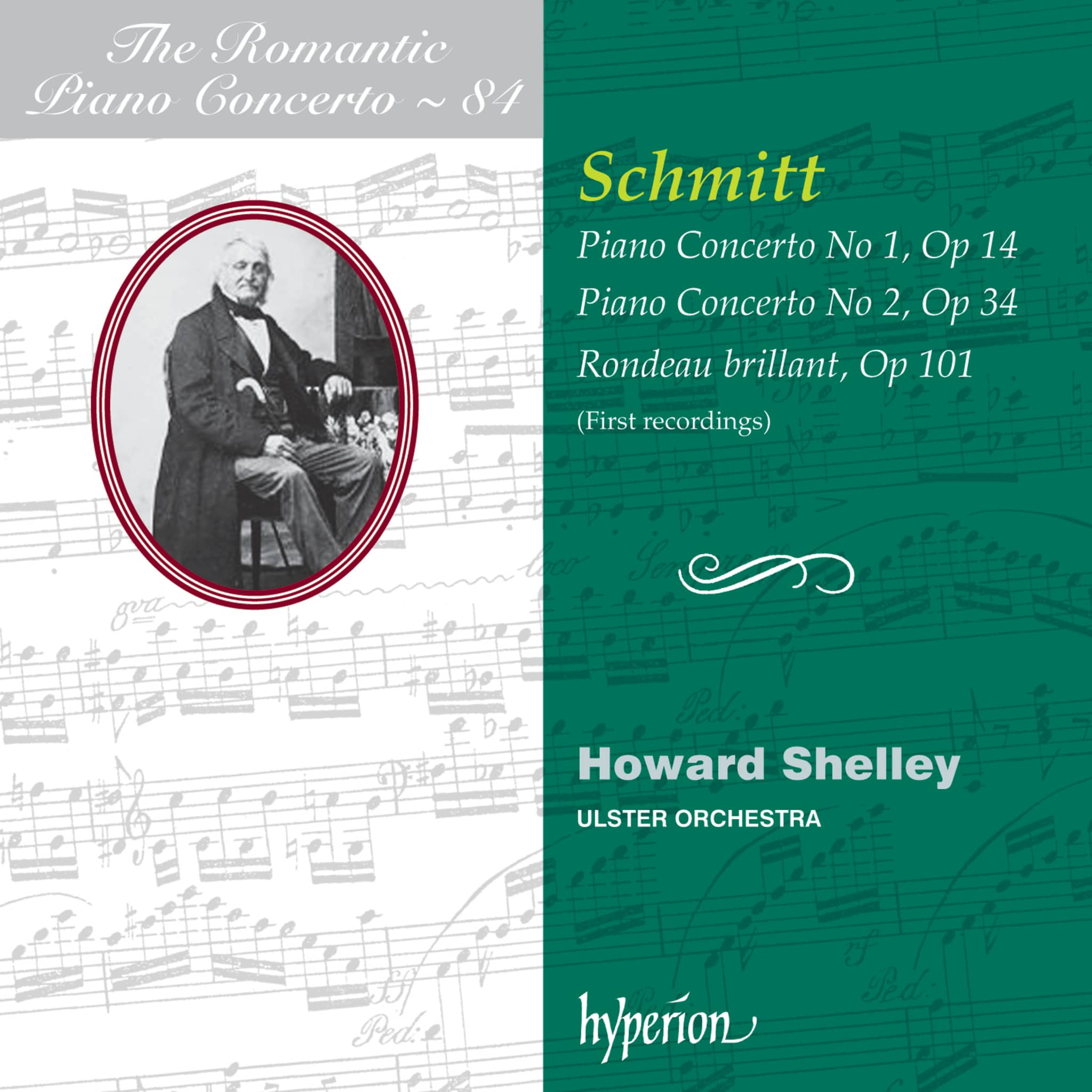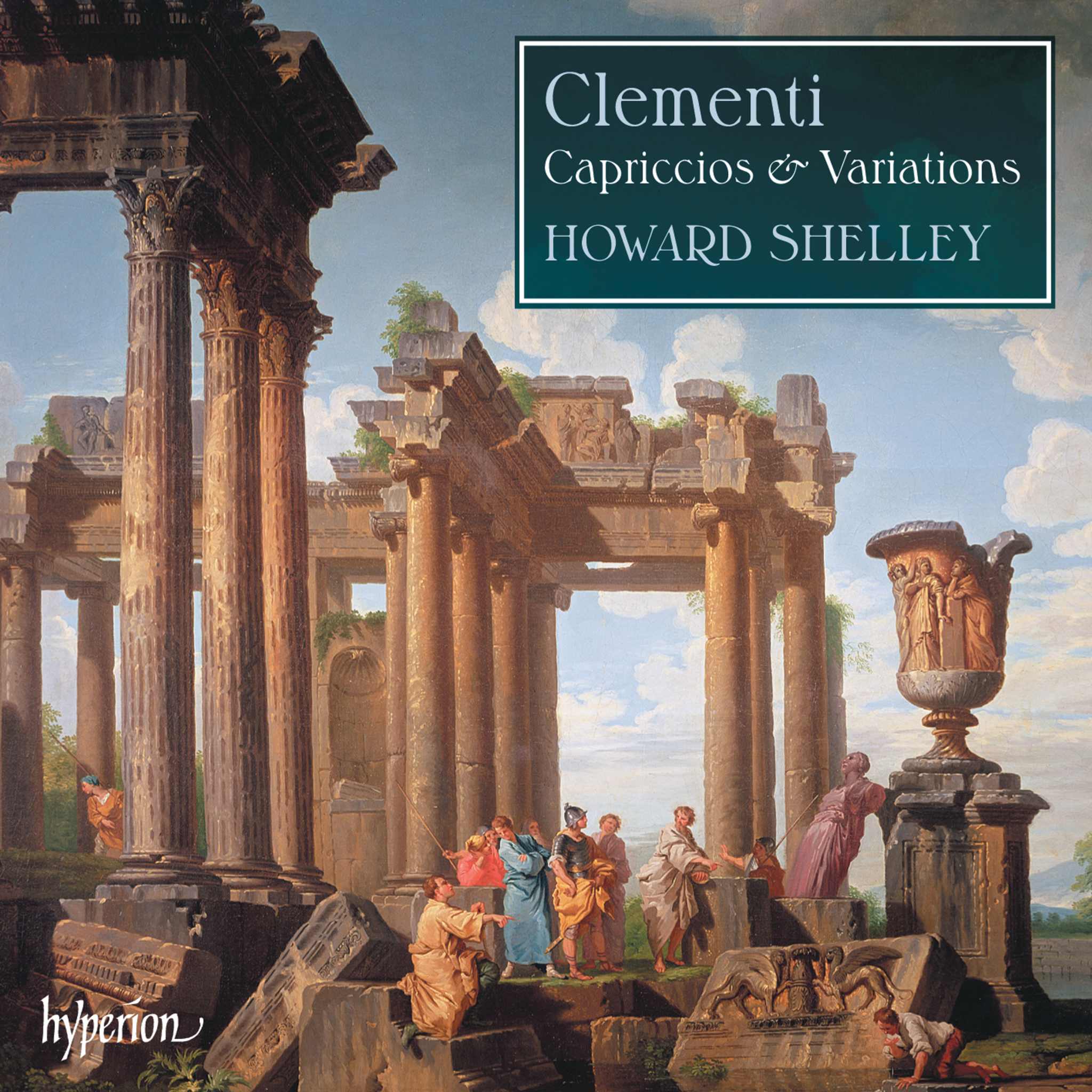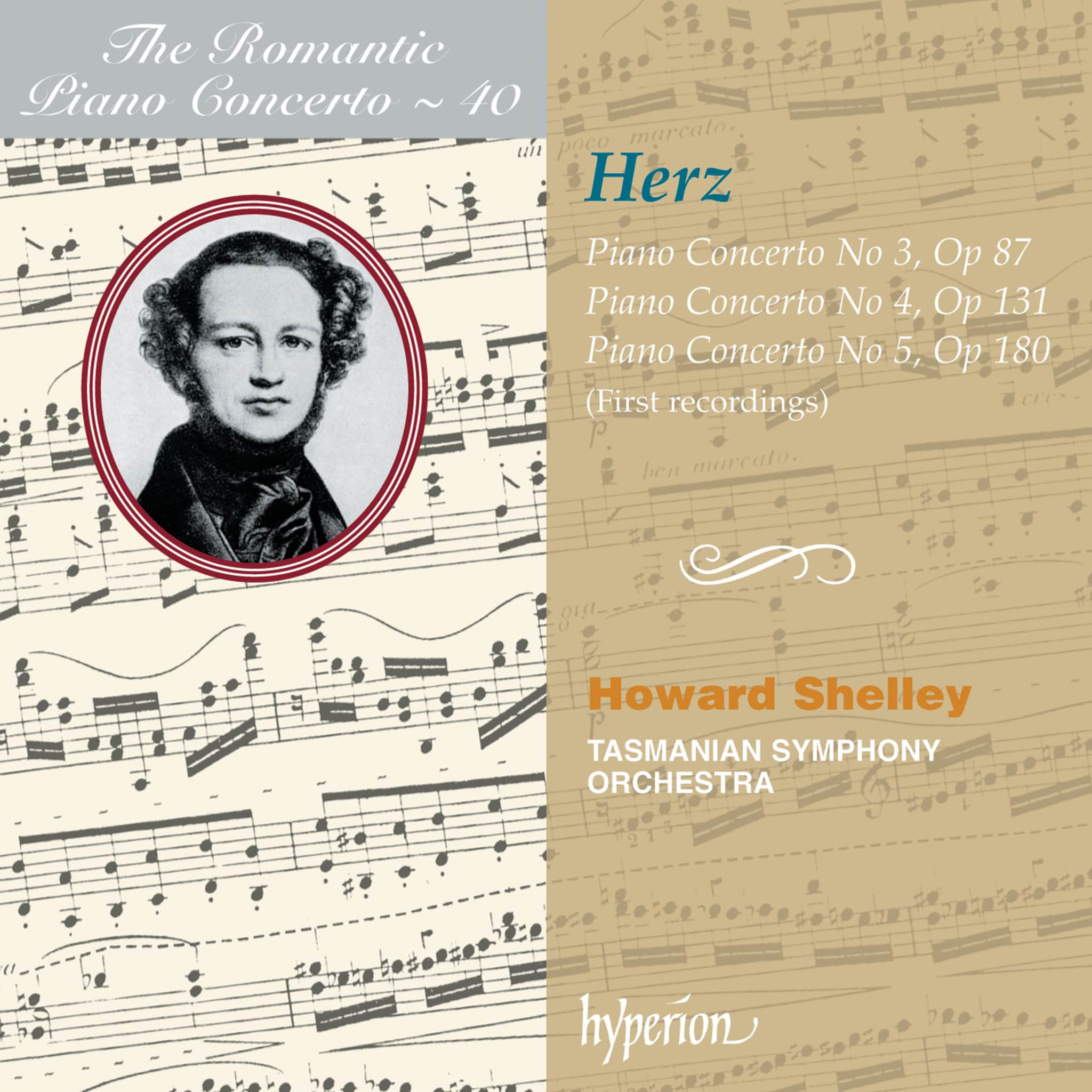Album insights
Während Chopins Jugendzeit wurde die Polonaise, ein populärer polnischer Gesellschaftstanz, Teil des aristokratischen Lebens. Bereits als junger Mann hörte Chopin zahlreiche Polonaisen verschiedener Komponisten aus seiner Heimat. Zwar war der charakteristische Tanzrhythmus schon vor seiner Zeit gebräuchlich, doch gelang es Chopin, die Gattung musikalisch weiterzuentwickeln und damit spätere Musiker wie Liszt und Scharwenka nachhaltig zu beeinflussen. Die erhaltenen Werke aus seiner Hand sind ausgereifte Beispiele dieser Form.
Die Polonaisen op. 26, entstanden 1836 in cis-Moll und es-Moll, unterscheiden sich deutlich von Chopins früheren Stücken. Sie spiegeln sowohl seine polnische Identität als auch seine Trauer über das Schicksal seines Landes unter russischer Herrschaft wider. Besonders die Militärpolonaise in A-Dur aus op. 40 zählt zu seinen berühmtesten Werken und unterstreicht Chopins patriotische Haltung. Dagegen steht das c-Moll-Stück desselben Opus, das mit erhabener Tiefe das Leid Polens ausdrückt. Die Werke aus op. 40 sind Julian Fontana gewidmet, während op. 44 und op. 53 weitere bedeutende Beiträge Chopins zur Polonaise darstellen.
Mit der Polonaise in As-Dur op. 61 beschreitet Chopin neue Wege und zeigt seine Lust am Experimentieren. Obwohl typische Polonaise-Elemente erkennbar sind, rückt die fantasievolle Improvisation stärker in den Vordergrund. Durch raffinierte Wiederholung und kluge Gestaltung der Themen gelingt Chopin eine ungewöhnlich geschlossene Form. Das Andante spianato et Grande Polonaise Es-Dur op. 22, das sowohl als Solostück als auch mit Orchesterbesetzung existiert, demonstriert Chopins Virtuosität und seine kreative Kompositionsweise.
Garrick Ohlssons Interpretation des Andante spianato et Grande Polonaise Es-Dur op. 22 hebt dieses Werk als künstlerischen Höhepunkt hervor und zeigt eindrucksvoll die Vielseitigkeit von Chopins Schaffen.








